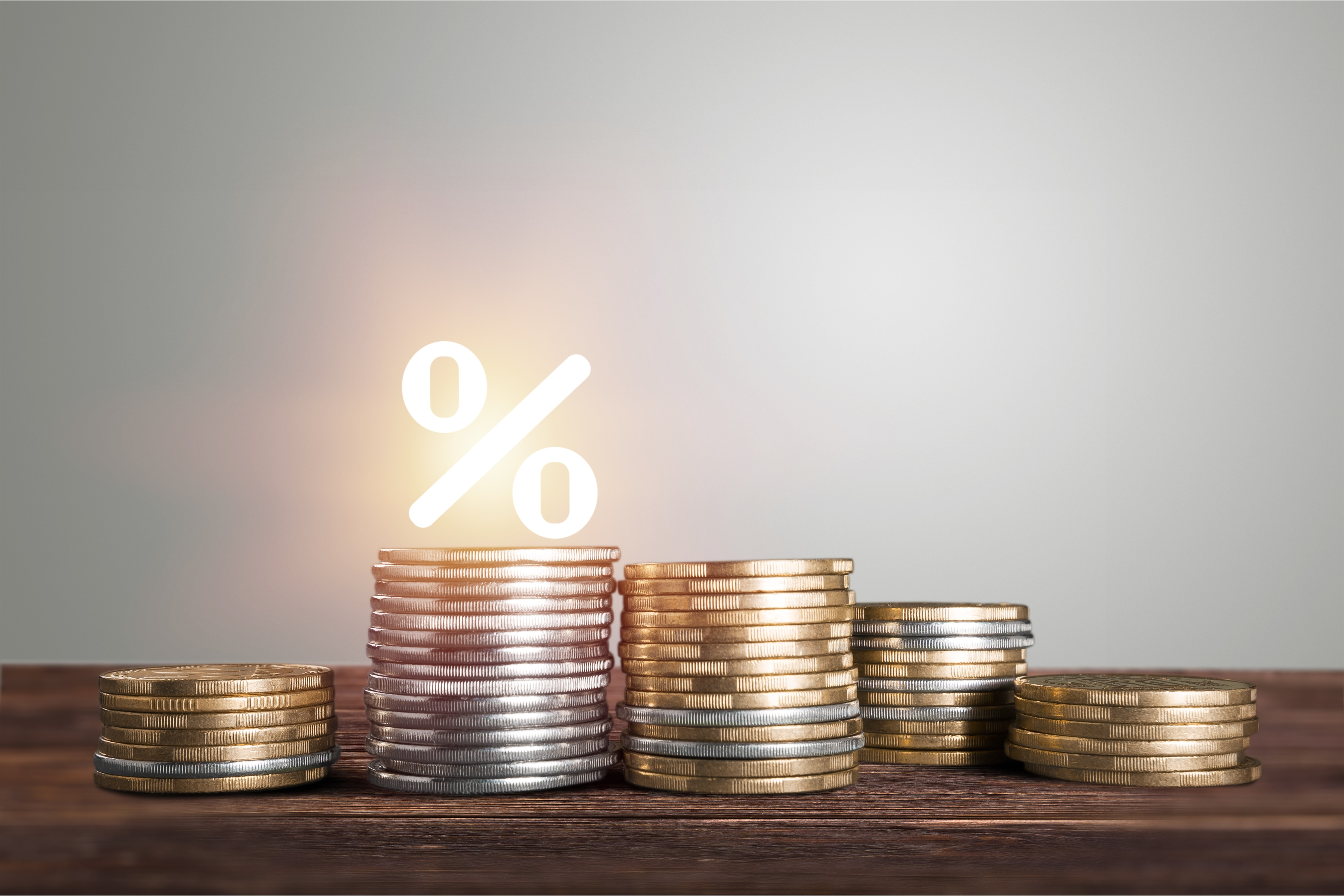

Get salary accounts for your team See benefits



Table of Contents
ToggleConfused about what to do with those savings you saved from your blood-sweat earnings? Don’t worry there are many ways to deal with it but do you know the best way? It’s investing your money in a recurring deposit. Now you must be thinking about what a recurring deposit is and how it works. Well, all you have to do is read the following article to know all your answers.
A recurring deposit is one that is made on a regular basis. Many banks offer this service, which allows people to make gets additional and earn good returns for investors.
A recurring deposit account is a postal service account or a kind of financial service into which a depositor regularly deposits a decent amount of money each month for a certain period of time.
The concept of producing small monthly savings through the recurring deposit Plan allows the user to accumulate an appealing sum at maturity. The interest rates on recurring deposits are determined by calculating on an annual financial compounded basis.
A regular fixed deposit entails putting money aside that can be withdrawn after a certain period of time. In the meantime, you are unable to change or supplement the amount of money.
The recurring deposit procedure is similar, with one major difference. Rather than making an investment in a lump sum, you should deposit a set amount into your RD in bank account each month, as determined when you opened your account. This may be a small sum that will not deplete your savings account. And when the money matures, you’ll have a large sum that is greater than your principal plus interest.
The following are the primary features and benefits of a Recurring Deposit account:
There are many recurring deposit types you should know for better understanding.
When you open a recurring deposit account, you must decide on the RD tenure, installment amount, nomination information, and maturity amount. After filling out the necessary information, return the form to the bank with a cheque for the installment amount.
If you are a bank customer, you must enter your bank account information as well as other information such as maturity guidelines and nomination details. If you are opening a recurring deposit account in a bank where you do not already have an account, you need to provide your Documentation along with the account section and other information.
Following that, you must either give your bank standing instructions for a regular intervals installment debit to your RD account or individually deposit money into your RD account on a regular basis for each installment.
If your annual income is less than the minimal level taxable amount but your annual interest exceeds Rs. 40,000 or Rs. 50,000 for senior citizens, you must file Form 15G/15H to be exempt from TDS on your interest. After that, once the RD has been analyzed and decided to open, your bank will issue an RD certificate with all pertinent information.
The following documents are required to open a recurring deposit account:
1. Application form:
This varies depending on whether you open the money deposited account with a bank or a post office (PO).
2. Photograph:
Two passport-sized photographs of the person seeking the Recurring Deposit Account.
3. Identity Proof:
This can include your passport, driver’s license, state or national government service identification card, PAN card, or Aadhar card.
4. Address Proof:
This can be your passport, driver’s license, Aadhaar card, water bill, phone bill, or perhaps even your electricity bill.
5. KYC documents:
To authenticate the individual’s “Know Your Customer” information in order to enter the Recurring Deposit account.
Recurring Deposit, or RD, is a great investment alternative provided by banks, and post offices in India that enables you to save a small amount on a regular basis rather than in one lump sum. It is used to accumulate savings both shorter and longer term. So what are you waiting for? Save your money with recurring deposits now!
The minimum amount you can deposit into a recurring deposit account varies from bank to bank, but is typically around Rs. 500. There is no maximum limit on the amount you can deposit, though most banks will capped the interest earned on very large deposits.
A recurring deposit account can provide you with a higher interest rate than a regular savings account, and you will have the flexibility to withdraw your money at any time without penalty. This type of account can also help you save for specific goals, such as a down payment on a home or a child’s education.
You can open a recurring deposit account at most banks and financial institutions. The minimum amount required to open an account may vary, so be sure to check with your chosen institution. Once you have opened an account, you will need to make regular deposits into it in order to keep it active. The amount you deposit and the frequency of your deposits will be determined when you open the account.
Priyanka Rao is a content strategist for Jupiter.Money, and specializes in writing on topics related to finance, banking, budgeting, salary & wages, and other financial matters. She has a passion for creating engaging content that resonates with audiences across various digital platforms. In her free time, Priyanka enjoys traveling and reading, which allows her to gain new perspectives and inspiration for her work. With a keen eye for detail and a creative mindset, Priyanka is committed to creating content that connects well with her readers, enhancing their digital experiences.
Prithvi Raj Tejavath is currently the Business Head - Investments at Jupiter Money, where he leverages his extensive experience in product marketing, business growth, and leadership. Prior to this, he held the role of Chief Product Marketing Officer and Chief Product Officer at Scripbox, a leading digital wealth management platform. His journey at Scripbox began after the acquisition of Upwardly, a company he co-founded, where he served as CPMO overseeing product and marketing. At Upwardly, Prithvi played a crucial role in making investment opportunities more accessible to a broader audience.
Before Upwardly, Prithvi was Vice President of Category Management & Growth at Urban Ladder, where he managed the P&L for their furniture, décor, and mattress divisions, and successfully launched the Decor and Mattress business units. Earlier in his career, he founded BuynBrag.com, India's first social shopping website focused on home and lifestyle products. Under his leadership, BuynBrag was acquired by Urban Ladder in September 2014.
With a background in online product management, growth strategy, and marketing, Prithvi has consistently demonstrated his ability to scale businesses and drive innovation across sectors. His entrepreneurial spirit and strategic acumen continue to shape his contributions to the financial and investment landscape.

Powerd by Issued by
